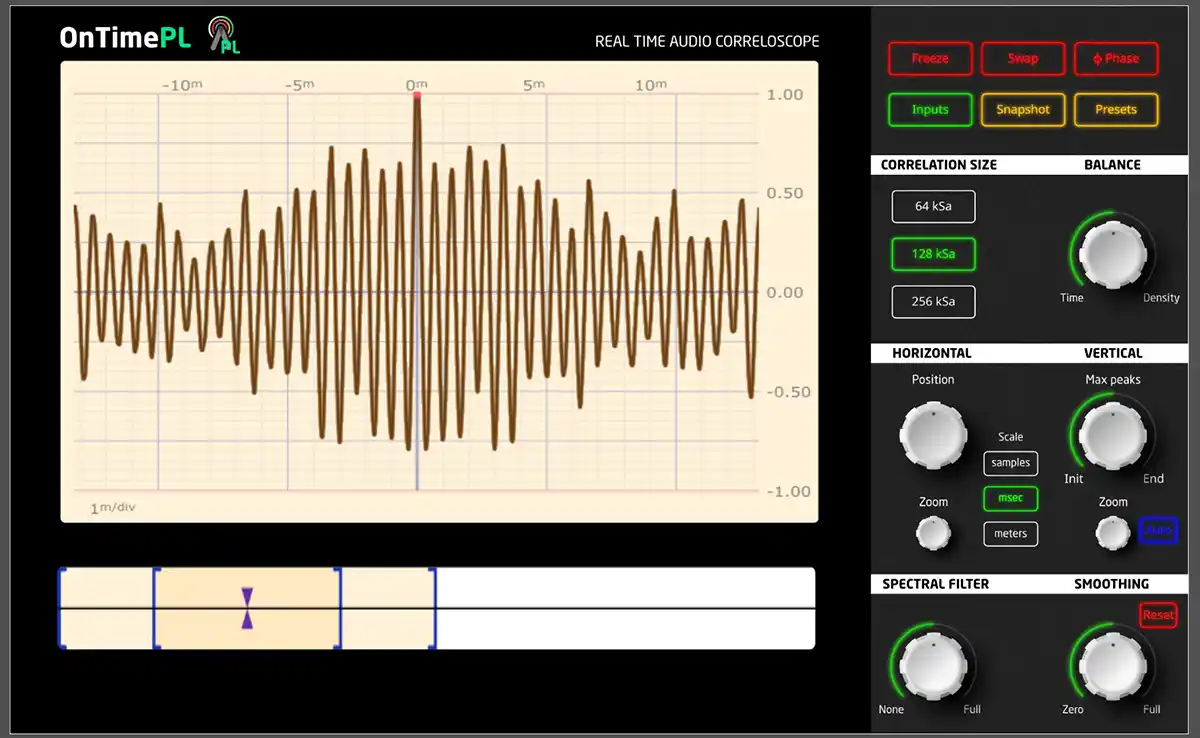Phase issues are one of the most misunderstood problems in music production. While EQ and compression are often blamed for weak or hollow mixes, the real culprit is frequently phase misalignment between tracks. These timing conflicts can rob your mix of depth, clarity, and punch—no matter how well everything else is balanced.
Phase issues occur when two or more versions of the same sound combine with slight timing differences. Instead of reinforcing each other, the signals interfere, producing:
Phase problems are often subtle and easy to miss. Here are a few methods to identify them:
Phase issues don’t just reduce volume—they change the entire character of your sound. Even a few samples of misalignment can shift frequency balance, making instruments dull or harsh. In the low end, phase problems can completely cancel bass frequencies, leaving your mix weak and lacking foundation.
Inconsistent phase alignment also harms stereo imaging. Instead of a wide, clear soundstage, instruments may blur together, making the mix sound flat and unfocused.
The best defense against phase problems is prevention. Here are some practical tips:
Timing problems can ruin clarity and punch in your mix. That’s why many producers rely on OnTimePL to detect and correct audio misalignment instantly.
Phase issues are silent mix killers. They can transform full, punchy recordings into weak and lifeless mixes without you realizing it. By understanding the causes, learning how to detect problems, and applying preventive strategies, you can protect your music from phase-related damage.
With OnTimePL, producers and engineers gain a precise tool for detecting and correcting misalignments, ensuring every track supports the mix instead of working against it.
What are phase issues in audio?
Phase issues happen when two or more signals combine with slight timing differences. This can cause phase cancellation, comb filtering, and tonal changes that weaken a mix.
How do phase issues affect my mix?
They can reduce punch, cancel low frequencies, and blur the stereo image. Even small sample misalignments can change the tone and clarity of instruments.
How do I detect phase issues in mixing? You can listen in mono, flip polarity, zoom into transients, or use a specialized tool like OnTimePL to measure exact misalignments in real time.
Can DAWs fix phase issues automatically?
DAWs offer delay compensation, but they don’t always detect latency from microphones, external gear, or certain plugins. Manual checking is still essential.
How can I prevent phase problems when recording?
Keep microphone distances consistent, check polarity during tracking, and verify alignment before mixing. Using tools like OnTimePL ensures precise phase alignment.
